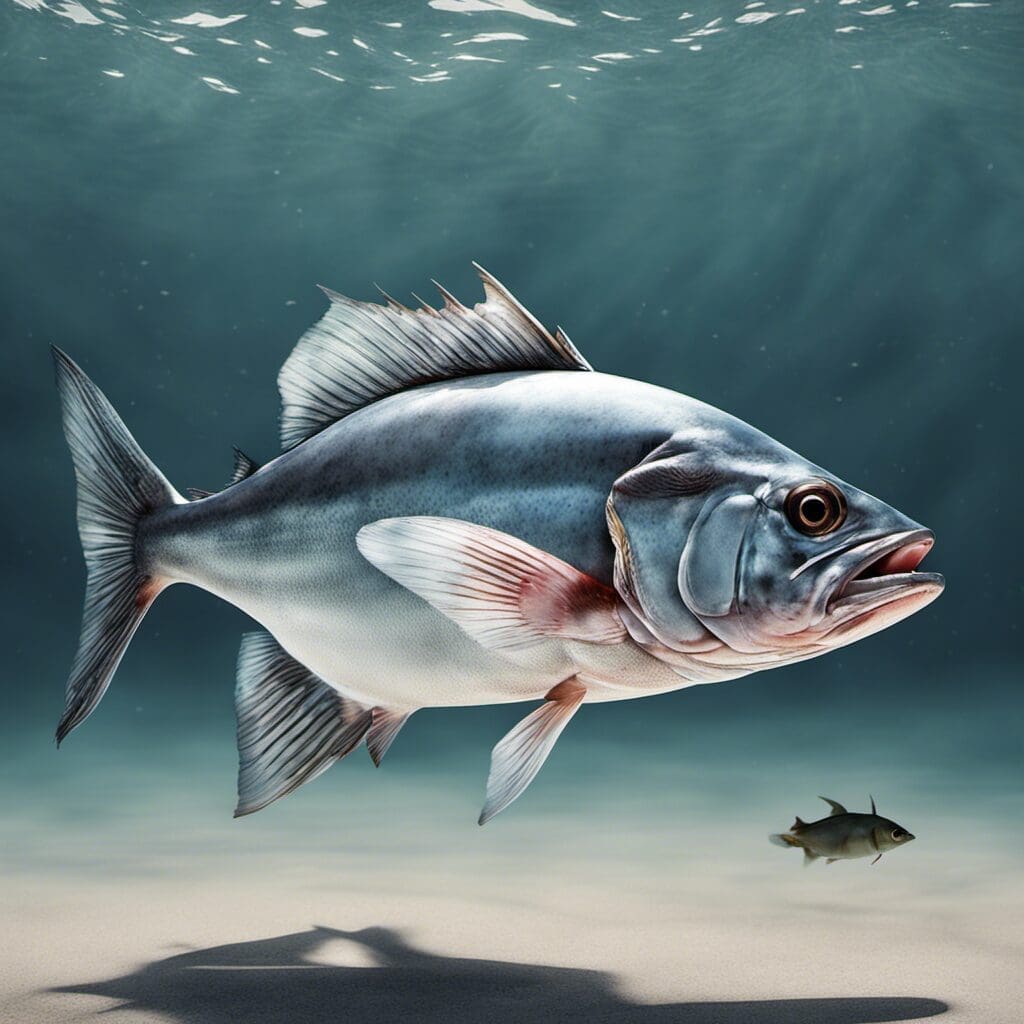Introduction
The Queenfish, scientifically referred to as Scomberoides commersonnianus, is a captivating marine species that primarily belongs to the family Carangidae.
Conservation Status
Currently, the Queenfish is classified as Least Concern on the IUCN Red List due to its widespread distribution and no apparent major threats. There are no special conservation efforts towards this species, though general marine conservation habitats may include its protection as an indirect objective.
Statistics
| Length (Average) | 50 cm |
|---|---|
| Length (Range) | 35 – 90 cm |
| Weight (Average) | 2 kg |
| Weight (Range) | 1 – 7 kg |
| Average Lifespan | 15 years |
Distribution and Habitat
Regions/Countries
- Indian Ocean
- Australian waters
Migration Patterns
Generally, the Queenfish is a migratory species that moves to different areas depending on the availability of food resources.
Water Type
The Queenfish inhabits saltwater environments.
Depth and Temperature Range
The Queenfish can be found in depths of 5 – 20 meters and prefers warmer tropical waters.
When and Where to See
Seasonal Patterns
In the Australian waters, the Queenfish is more prominently observed during summer months.
Time of Day
Primarily nocturnal, the Queenfish feeds mostly during dusk and dawn.
Best Fishing Locations and Tips
- Great Barrier Reef, Australia
- Northern Territory, Australia
- Exmouth, Australia
- Bay of Bengal, India
To find the Queenfish species, look in areas around rocky reefs, sandy bottoms, and near river mouths and estuaries during dawn or dusk.
How to Catch
Light tackle beach fishing is the preferred method to catch Queenfish, commonly with live baits like small fish or crabs. The best fishing time is typically during dawn or dusk.
Identification Guide
The Queenfish is a silver-blue color with a whitish abdomen and becomes darker towards the back. They have very large eyes, and their body shape is elongated and compressed.
Culinary Notes
How to Cook
Queenfish are generally cooked as fillets. They can be baked, steamed, or grilled.
Taste Profile
They have a rich flavor with a meaty texture.
Nutritional Information
Queenfish is a good source of protein, low in fat and high in omega-3 fatty acids.
Additional Information
Behavior
The Queenfish is primarily a nocturnal creature who feeds on small fish and crustaceans.
Predators and Threats
Natural predators include larger fish and shark species. Human-induced threats include overfishing, habitat destruction, and pollution.
Cultural/Historical Significance
The Queenfish holds cultural importance for indigenous communities in Northern Australia where it is a staple food source.
References and Further Reading
- Fish Base: Scomberoides commersonnianus
- Queensland Government: Fisheries: Queenfish

